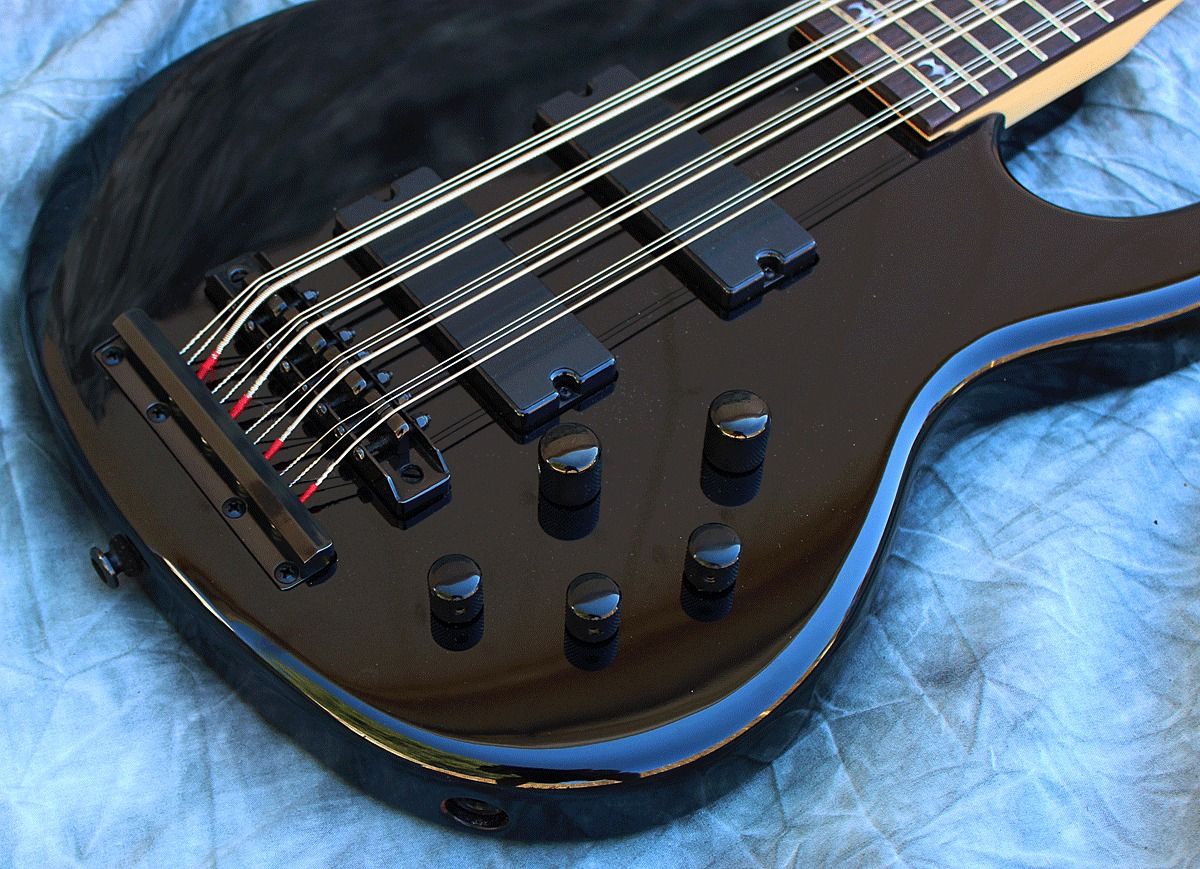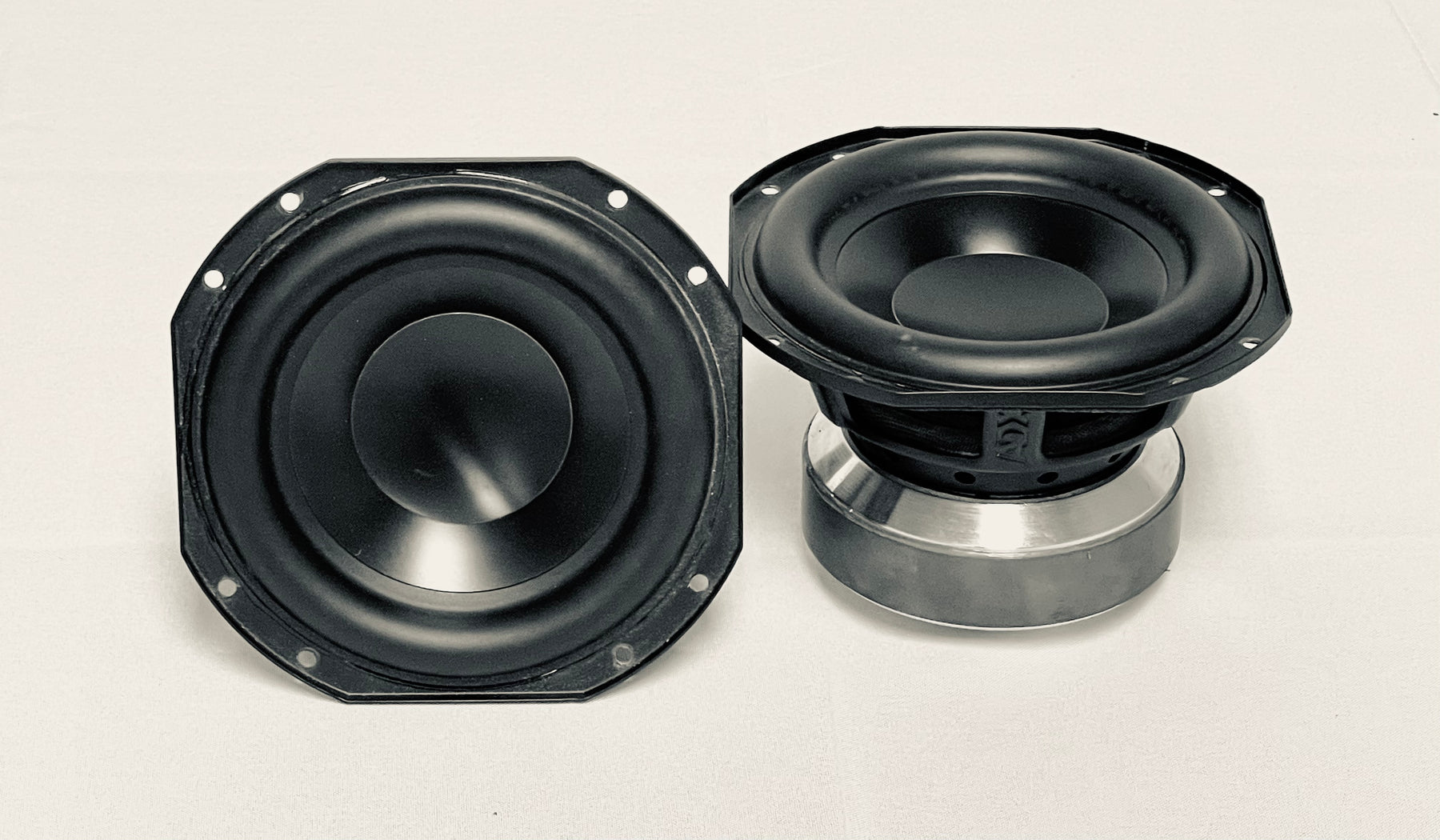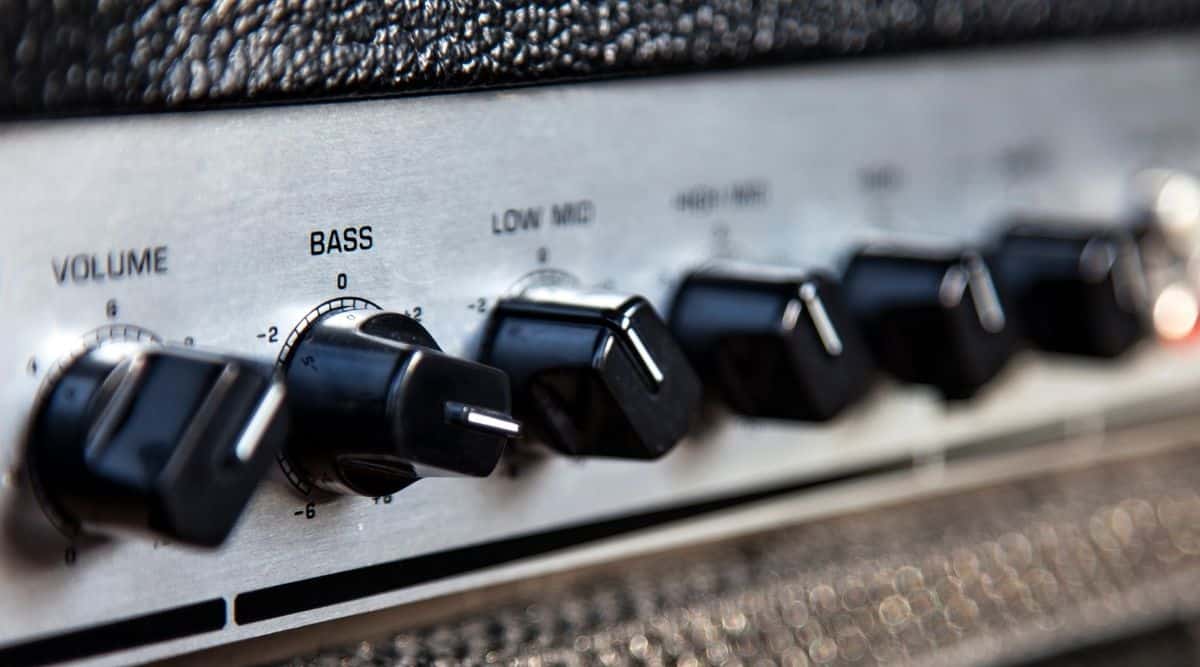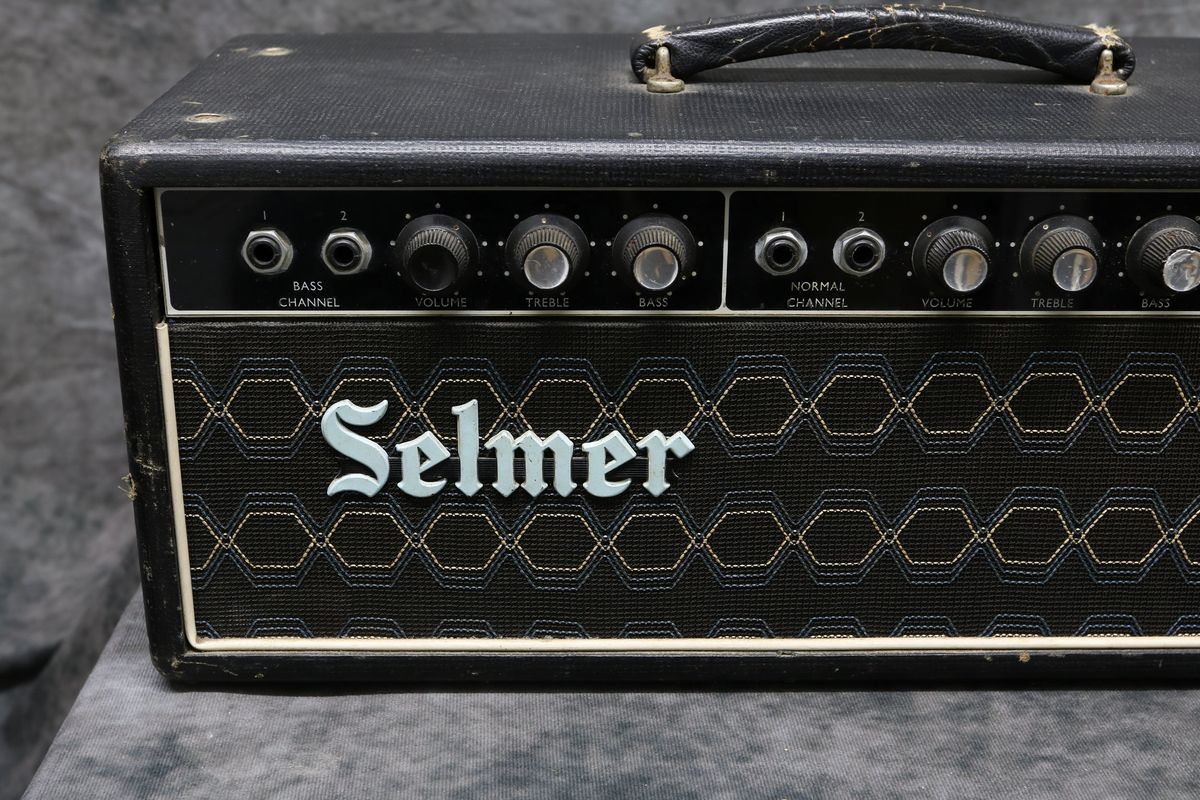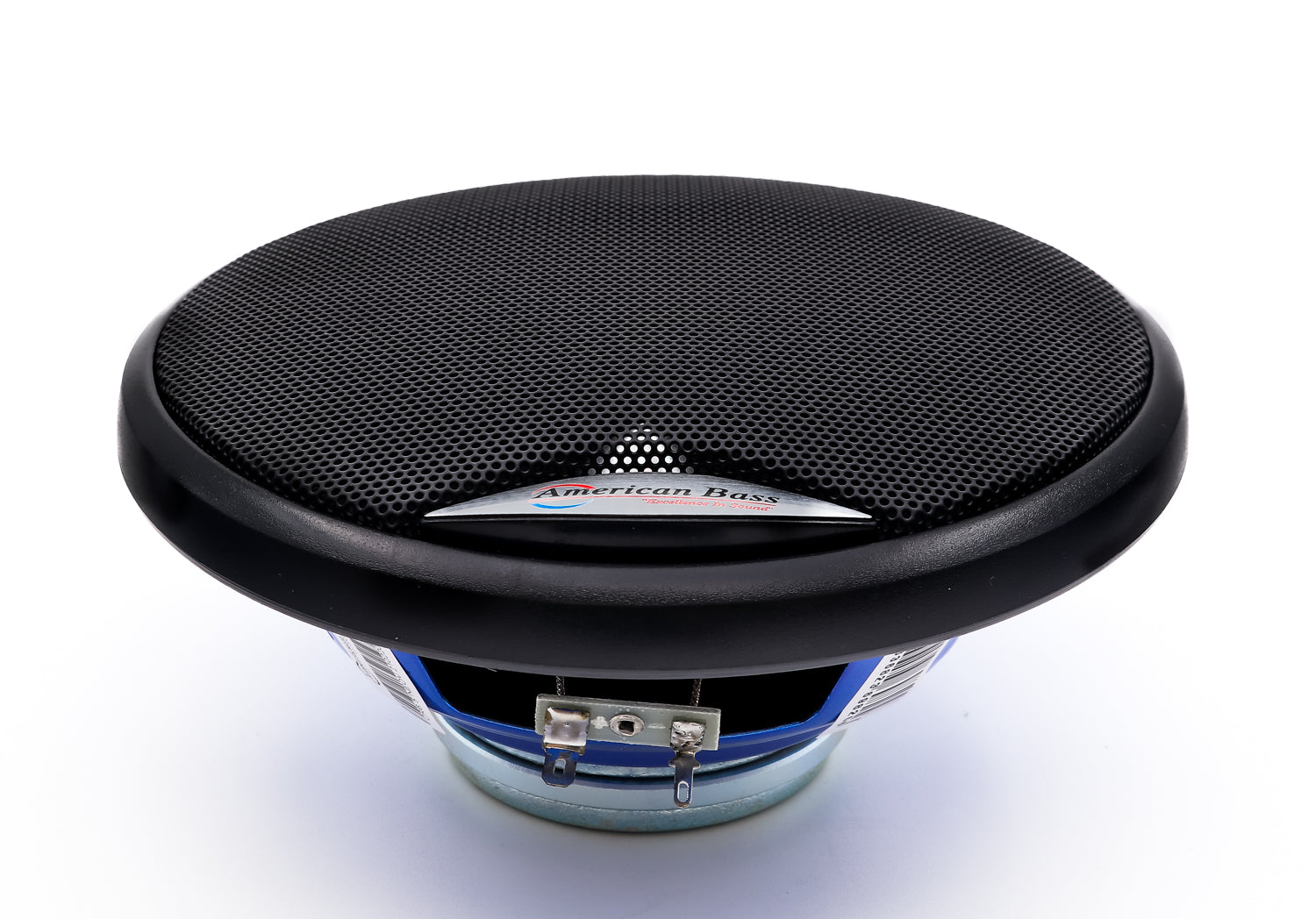Home>Instruments>Bass>What Is Bass Reflex


Bass
What Is Bass Reflex
Modified: January 22, 2024
Discover the fundamentals of bass reflex technology and how it enhances the low-frequency performance of speakers. Improve your understanding of bass with our comprehensive guide.
(Many of the links in this article redirect to a specific reviewed product. Your purchase of these products through affiliate links helps to generate commission for AudioLover.com, at no extra cost. Learn more)
Table of Contents
Introduction
When it comes to audio systems and music enthusiasts, achieving a rich and deep bass sound is often a top priority. The bass provides the foundation and richness to music, adding depth and power to the overall listening experience. One popular technique used to enhance the bass performance in speakers is called Bass Reflex.
Bass Reflex, also known as a ported or vented enclosure, is a design feature found in speakers and subwoofers that allows for the reproduction of lower frequencies with increased efficiency and extension. By utilizing a port or vent in the enclosure, Bass Reflex systems help to maximize the output of low-frequency sounds, resulting in a more pronounced and impactful bass response.
This article will delve deeper into the concept of Bass Reflex, explaining how it works, its benefits, drawbacks, and common applications across different audio systems. Whether you’re a music lover, a professional audio engineer, or someone looking to upgrade your home theater system, understanding Bass Reflex can greatly enhance your audio experience.
Definition of Bass Reflex
Bass Reflex, also known as a ported or vented enclosure, is a design feature that enhances the bass response of speakers and subwoofers. It is a technique used to extend the low-frequency output of audio systems, allowing for a more pronounced and powerful bass sound.
In a Bass Reflex system, a port or vent is incorporated into the speaker enclosure. This port is a specially designed opening that allows air to escape from the enclosure, resulting in improved low-frequency performance. The size, shape, and length of the port are carefully calculated to achieve optimal bass response.
When sound is produced by the speaker’s driver, not all of the energy produced is converted into sound waves. Some of the energy is dissipated as heat, while a significant portion is trapped inside the speaker enclosure. This trapped energy can cause distortion and inefficiency in reproducing low-frequency sounds.
By introducing a port or vent, the Bass Reflex system allows the trapped energy to escape, reducing distortion and improving the output of low frequencies. The port acts as a tuned resonator, reinforcing specific frequencies and allowing the speaker to produce deeper and more powerful bass sounds.
It’s worth noting that the term “Bass Reflex” refers to the design concept itself, while the specific configuration and implementation can vary depending on the manufacturer and the intended application. These designs can include a variety of port shapes and sizes, as well as other tuning mechanisms to achieve the desired bass response.
Overall, Bass Reflex is a widely used technique in the audio industry, designed to optimize the reproduction of low-frequency sounds and enhance the bass performance of speakers and subwoofers.
How Bass Reflex Works
Understanding how Bass Reflex works requires knowledge of the fundamental principles of acoustics. When a speaker or subwoofer produces sound, it creates pressure waves that radiate outward. In a sealed enclosure, these pressure waves bounce back and forth within the enclosure, which can cause distortion and limit low-frequency response.
In a Bass Reflex system, a port or vent is added to the speaker enclosure. This port acts as a pathway for the air inside the enclosure to escape. When the speaker driver moves, it creates pressure variations within the enclosure. These pressure variations cause air to move in and out of the port.
The movement of air through the port impacts the sound produced by the speaker in two key ways:
- Bass Extension: The port allows the speaker to reproduce lower frequencies with greater efficiency. As the air moves in and out of the port, it reinforces specific resonant frequencies, resulting in an extended low-frequency response. This allows the speaker to reproduce deeper and more powerful bass sounds that may be otherwise limited in a sealed enclosure.
- Bass Loading: The movement of air through the port also affects the speaker’s loading condition. When the air moves out of the port, it creates an additional force that assists the speaker in producing low-frequency sounds. This can help to reduce distortion and increase the overall efficiency of the speaker, allowing it to handle higher power levels and produce cleaner bass output.
The size, shape, and length of the port are meticulously calculated to achieve the desired bass response. A longer port will typically extend the bass response, while a larger port diameter can enhance the overall efficiency of the system.
It’s important to note that the positioning and design of the port can significantly impact the performance of a Bass Reflex system. Improper port placement or incorrect dimensions can lead to issues such as port noise, distortion, or an uneven frequency response. Therefore, careful consideration and engineering are required to optimize a Bass Reflex design.
Overall, Bass Reflex systems work by utilizing a port or vent to enhance the bass extension and loading of the speaker. This results in improved low-frequency response, deeper bass reproduction, and increased overall efficiency.
Benefits of Bass Reflex
Implementing a Bass Reflex design in a speaker or subwoofer offers several advantages that enhance the overall audio experience. Here are some of the key benefits:
- Extended Low-Frequency Response: The primary benefit of Bass Reflex systems is the ability to reproduce lower frequencies with increased efficiency. The ported design allows for deeper bass extension, enabling a more immersive and impactful audio experience. With Bass Reflex, speakers can achieve lower frequency reproduction that is not easily attainable with sealed enclosures.
- Improved Power Handling: Bass Reflex systems distribute the air movement within the enclosure more effectively, allowing speakers to handle higher power levels. The presence of the port helps reduce the excursion of the speaker driver, minimizing distortion and ensuring cleaner bass output, even at high volume levels.
- Enhanced Efficiency: By utilizing a Bass Reflex design, speakers can maximize their acoustic output using less power. The ported enclosure works in synergy with the speaker driver, allowing it to work more efficiently and produce a greater SPL (Sound Pressure Level) for a given input power. This can be particularly advantageous in environments where amplification power is limited or when using a smaller amplifier.
- Reduced Distortion: Bass Reflex systems can help reduce distortion, especially at higher volumes. The design allows for better control and management of the speaker’s excursion, resulting in cleaner and more accurate bass reproduction. The port helps dissipate the excess energy generated by the driver, preventing it from interfering with the reproduction of low-frequency sounds.
- More Dynamic Sound: With extended low-frequency response and increased power handling capabilities, Bass Reflex systems provide a more dynamic and impactful sound experience. This is particularly important in genres of music that heavily rely on deep bass, such as electronic, hip-hop, and orchestral compositions.
Overall, the benefits of implementing Bass Reflex in audio systems include extended low-frequency response, improved power handling, enhanced efficiency, reduced distortion, and a more dynamic sound reproduction. These advantages make Bass Reflex a popular choice among audio enthusiasts and professionals seeking a more immersive audio experience with rich and powerful bass.
Drawbacks of Bass Reflex
While Bass Reflex systems offer many benefits, they also come with a few drawbacks that should be considered when choosing a speaker or subwoofer design. Here are some of the key drawbacks of Bass Reflex:
- Increased Cabinet Size: Due to the inclusion of a port or vent, Bass Reflex enclosures are generally larger in size compared to sealed enclosures. This may be a limitation for those who require a compact speaker system or have space constraints in their listening environment. The larger size can also affect the portability of the audio system.
- Port Noise: Poorly designed or improperly tuned ports can result in port noise, also known as chuffing or port turbulence. When the air moves through the port at high velocities, it can create unwanted noise, impacting the overall sonic experience. Careful engineering and design are necessary to minimize or eliminate port noise issues.
- Less Control Over Bass: With the increased emphasis on low-frequency extension, Bass Reflex systems may have a slight trade-off in terms of precise control over the bass response. The tuning of the port and the design of the enclosure can influence the overall balance and accuracy of the bass. In some cases, this may result in a slight masking or muddiness in the mid-bass region.
- Phase and Time Alignment: Bass Reflex enclosures can introduce phase and time alignment issues, particularly in multi-driver speaker systems. The interaction between the port and the main driver can result in phase shifts and timing delays, affecting the cohesiveness and accuracy of the sound reproduction. Proper crossover design and implementation are crucial to mitigate these issues.
- Placement Sensitivity: Bass Reflex systems can be more sensitive to speaker placement compared to sealed enclosures. The positioning of the speaker relative to nearby boundaries, such as walls or corners, can have a significant impact on the bass response. Improper placement can lead to bass reinforcement or cancellation, affecting the overall balance and accuracy of the audio system.
Despite these drawbacks, many audio enthusiasts and professionals still favor Bass Reflex systems for their ability to deliver impressive low-frequency response and powerful bass reproduction. It is important to balance these drawbacks with the desired sound characteristics and the specific requirements of your audio setup.
Common Applications of Bass Reflex
Bass Reflex systems find widespread use in various audio applications, ranging from home theater systems to professional sound reinforcement setups. Here are some common applications where Bass Reflex is utilized:
- Home Audio Systems: Bass Reflex is commonly employed in home audio systems, including bookshelf speakers, floor-standing speakers, and subwoofers. By utilizing a ported design, manufacturers can enhance the low-frequency response and deliver deeper, more impactful bass for an immersive listening experience.
- Studio Monitors: Many studio monitors have Bass Reflex enclosures, which allow engineers and producers to accurately monitor low-frequency content. These monitors provide an extended bass response, enabling professionals to mix and master music with confidence, ensuring that the low-end frequencies are accurately represented.
- Car Audio Systems: Bass Reflex is widely utilized in car audio systems, particularly in subwoofers. The design helps to maximize the low-frequency output in limited spaces, providing powerful and impactful bass reproduction during car audio playback.
- Live Sound Reinforcement: In large venues, like auditoriums and concert halls, Bass Reflex subwoofers are commonly used to reinforce the low-end frequencies. These systems can deliver deep, powerful bass to ensure that the music and sound effects are felt by the audience, creating an immersive live sound experience.
- Cinema and Home Theater Systems: Bass Reflex is crucial in cinema and home theater systems, where the reproduction of deep bass is essential for an immersive movie-watching experience. Subwoofers with Bass Reflex enclosures enhance the low-frequency effects, adding depth and impact to explosions, rumbling sounds, and intense musical scores.
- PA Systems: In live music performances and DJ setups, Bass Reflex subwoofers play a vital role in delivering powerful, chest-thumping bass to the audience. These systems ensure that the low-end frequencies are felt, enhancing the overall impact and energy of the performance.
The versatility of Bass Reflex makes it a popular choice in various audio applications, as it provides a means to achieve extended low-frequency response, improved power handling, and impactful bass reproduction. Whether for personal audio setups or professional sound reinforcement systems, Bass Reflex technology plays a significant role in delivering an immersive and engaging audio experience.
Conclusion
Bass Reflex, also known as a ported or vented enclosure, is a design feature that enhances the bass response of speakers and subwoofers. By incorporating a port or vent, Bass Reflex systems allow for the reproduction of lower frequencies with increased efficiency and extension, offering a more pronounced and impactful bass sound.
In this article, we explored the definition of Bass Reflex and how it works. The inclusion of a carefully designed port in the speaker enclosure helps to extend the low-frequency response, improve power handling, enhance efficiency, and reduce distortion. These benefits make Bass Reflex a popular choice in various audio applications, including home audio systems, studio monitors, car audio systems, live sound reinforcement setups, and cinema and home theater systems.
While Bass Reflex systems offer many advantages, it’s important to be aware of potential drawbacks, such as increased cabinet size, port noise, and placement sensitivity. These considerations should be weighed against the desired sound characteristics and specific requirements of the audio setup.
In conclusion, Bass Reflex is a valuable technique that allows for the optimization of low-frequency reproduction and the enhancement of bass performance in audio systems. By understanding the principles and applications of Bass Reflex, audio enthusiasts and professionals can elevate their listening experiences and immerse themselves in the powerful and captivating world of bass.


